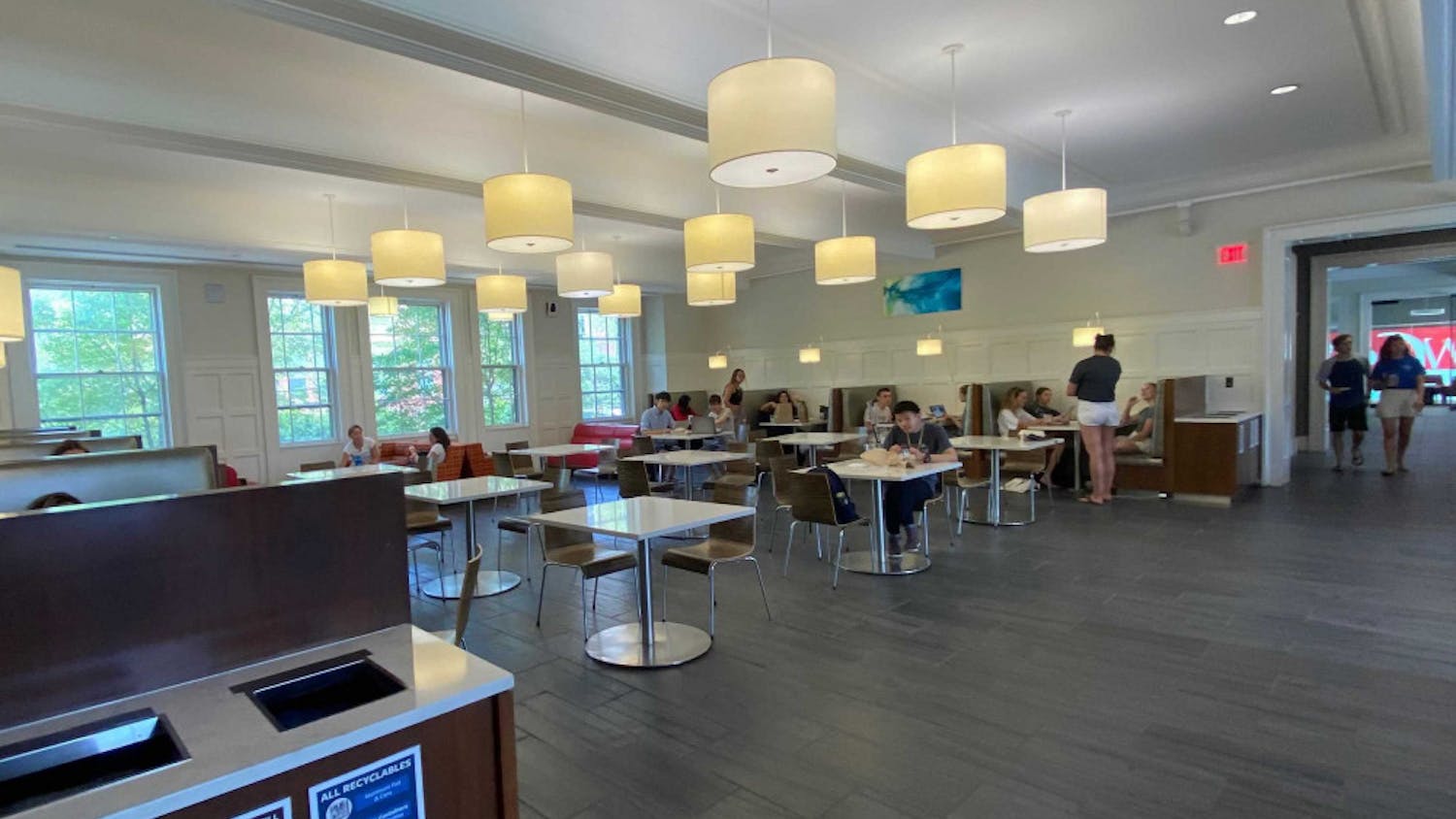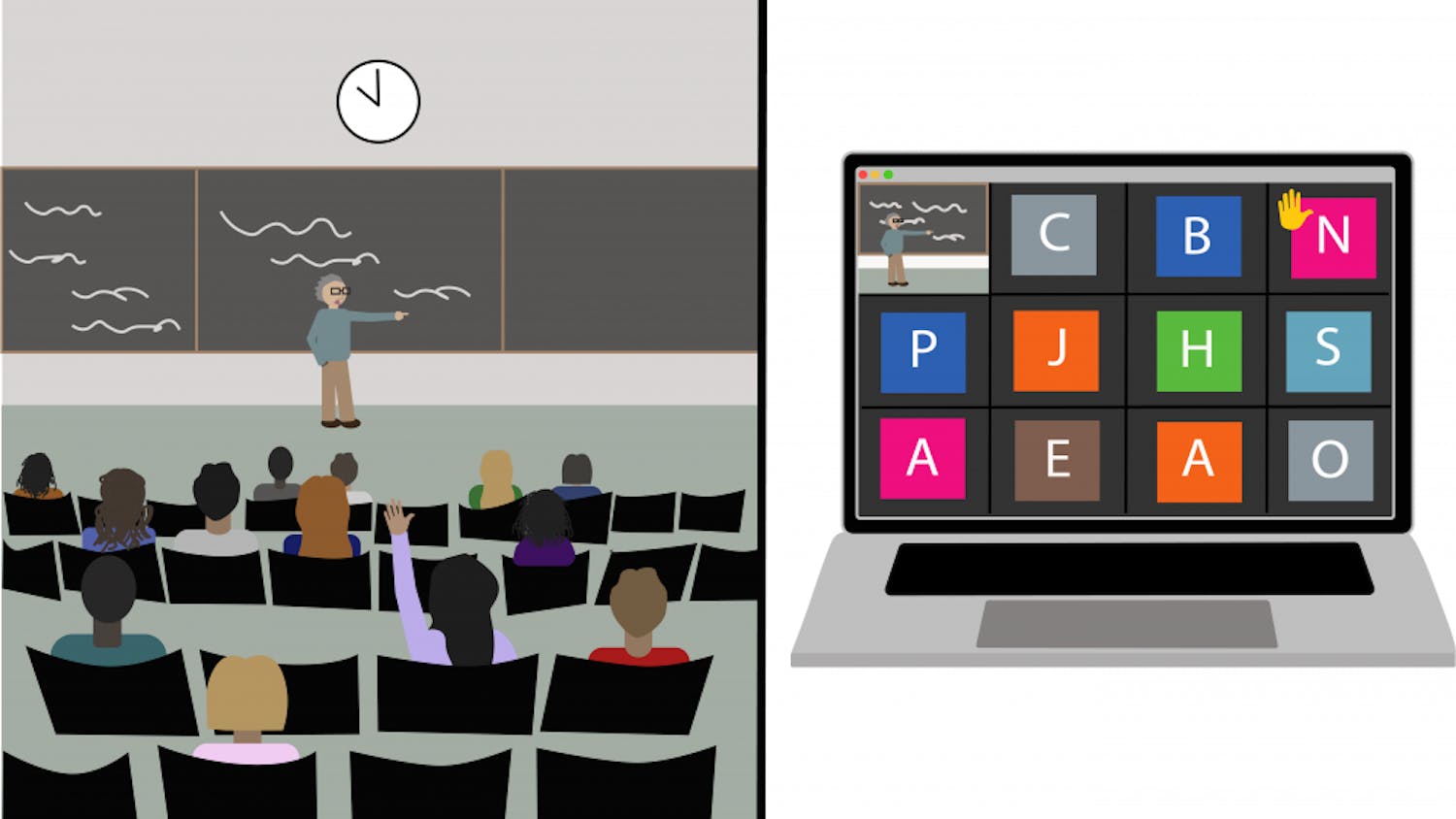I am the granddaughter of a man with hands calloused from years of farm work. I am the daughter of a woman who spent untold hours in the pre-dawn darkness before she went to school working the land her parents owned. I spent many of my younger years playing hide-and-seek in the corn fields my mother and her sisters tended when they were my age, and traipsing about with my brother and cousins, getting lost in the rows of lettuce and squash that went on as far as I could see. We used to dare each other to go into the musty attic of the chicken coop-turned-cow barn that smelled faintly of gasoline and manure, and whose corners held more spider silk than any unfinished basement or old shed I have been in since.
And I took it all for granted.
As my grandparents aged and my grandfather fell sick, they were forced to sell the land to developers because, let's face it, less than fully productive farmland is much more valuable with houses - sorry, my mistake, mansions - planted on it. These ridiculously oversized and out-of-place homes sprout out of the same soil that once nourished beans and lettuce, cucumbers and pumpkins.
Now, when I visit my grandmother, I can look out of the kitchen window above the sink and see the run-down chicken coop-cow barn still standing. Close behind it, however, the looming outline of a gargantuan house is impossible to ignore, having replaced the overgrown pine stands that once ringed the fertile fields with vinyl siding and processed pine-slat fences that ring a perfectly manicured lawn. Turning around at the sink, I look out the bay window at the front of the house and Strawberry Estates, the development that went in when my grandparents had to sell the first parcel to pay for medical bills and college tuitions, is bustling. It was a nice touch, really, by the developer, to name his newest subdivision after the products of the land he paved over. Really.
The saddest part of this story is that it is a recurring tale. Small to medium sized farms cannot compete with international industrial factory-farms that can charge the lowest prices because they pay less than living wages to the native labor in whatever Third World nation they may be found. Tomorrow's sprawling developments are paving over the fields of yesterday, and very few people seem to notice.
As a university, at the very least we can do our part to slow this trend, to save even one farm from having to face harvesting its last crop. Brown Dining Service's Community Harvest program is doing just that. By purchasing food directly from local and sustainable growers, Community Harvest is not only providing you with better-tasting, more nutritious food, it is also preserving open space, allowing families to keep their multigenerational farms afloat, and preventing the loss of local food tradition to the streamlined, sterile supermarket aisles.
Community Harvest has sponsored many of the more interesting events on campus in the past years. When Candi the Cow made a pit stop on the Main Green last September, that was Community Harvest. The Farmers Markets on Wriston? Community Harvest. The herb container gardens in the Verney-Woolley Dining Hall rock garden? You guessed it. Community Harvest. But Community Harvest cannot be defined by a mission statement and a handful of annual events. Community Harvest is in the slow inhalation you take just before your first bite of a still-steaming slice of The Gate's weekly local pizza special. Community Harvest is in the crisp, tart flavor that awakens your taste buds as you bite into one of Alan Hill's McIntosh apples.
Sure, we serve Rhody Fresh milk now, and peaches from Barden's Orchard in North Scituate. But you can do so much more; you can become part of Community Harvest. Check out next Wednesday's Farmers Market on Wriston, and know that by choosing local produce, you are choosing social and environmental responsibility. Know that by buying that jar of jam, you are helping to keep a family tradition alive for another year. Join a harvest crew and see the tomatoes you picked that day in the salad bar at the Ratty. Come to a Community Harvest lunch on the first Monday of every month, from 1-2 p.m. in the Sharpe Refectory to find out what successes we have enjoyed so far and the projects that we're working on now. We can always use another set of hands.
Yes, we have seen a good number of successes, such as bringing local tomatoes and Little Rhody eggs, among other local goods. But Community Harvest has to be more than simply nominal ingredients. It needs to be a spirit that we embrace as an institution. Food is more than just what we eat for dinner. Food is the stories that grow from the soil, the suntanned arms that work the earth, the lives that are shaped by the fertile land as they shape it themselves. Community Harvest is the spirit that will allow these stories, these arms, these lives, to continue, uninterrupted, for another generation.
Emily Benjamin '08 is more than meets the eye.




